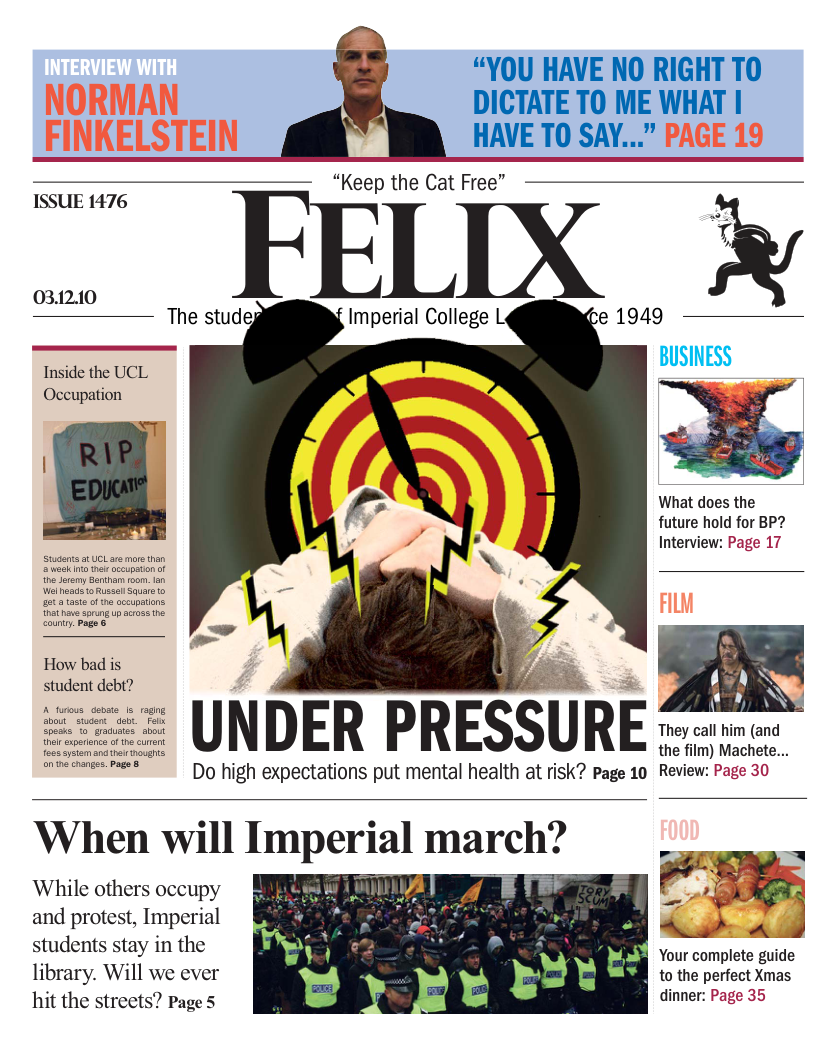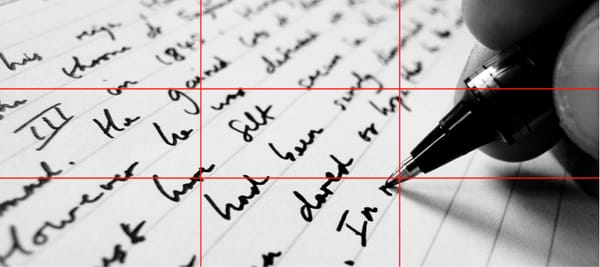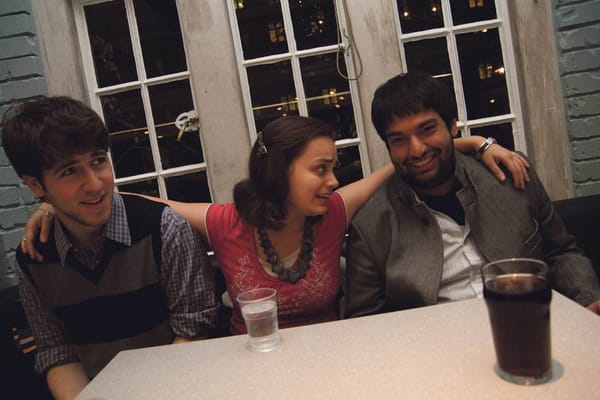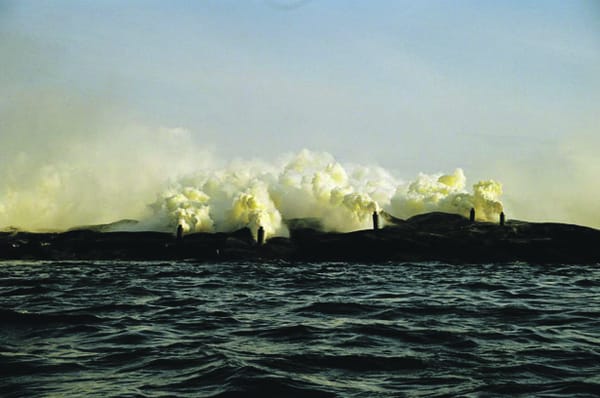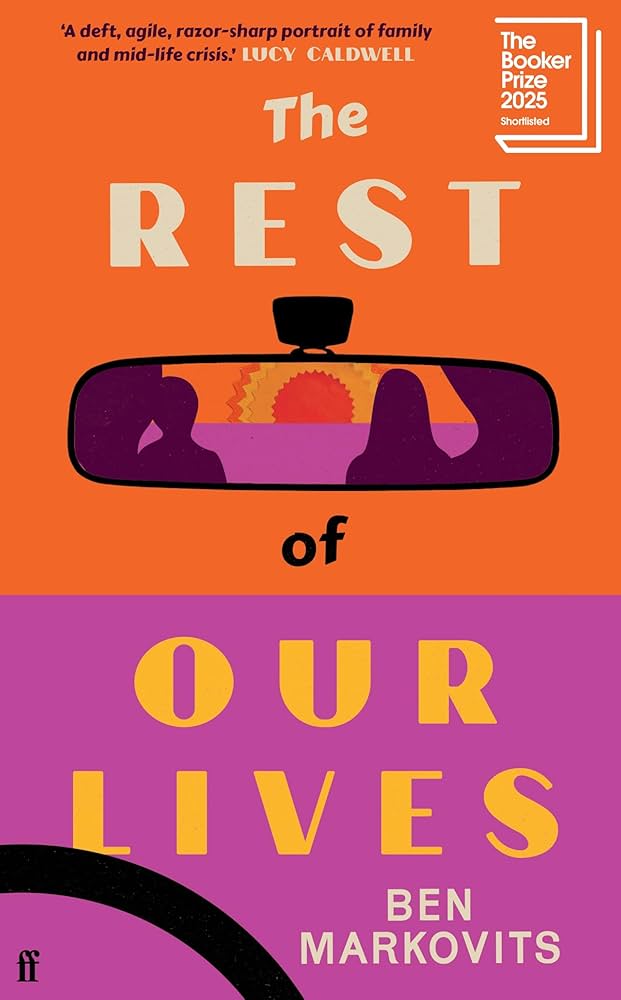Go Go Go Gauguin
Gauguin Uncovered at the Tate Modern until 16th January
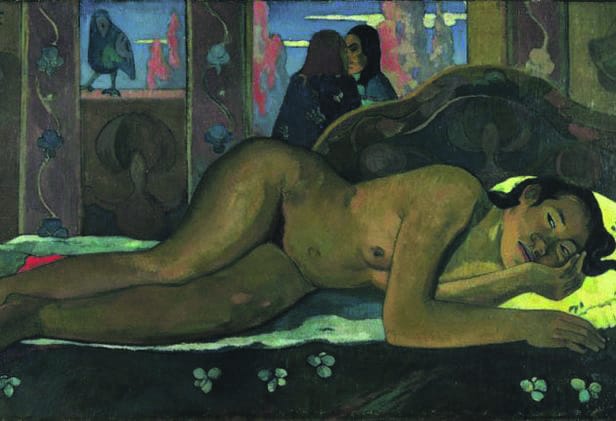
Tate Modern's exhibition on Gauguin is his first international exhibition for more than 50 years. It documents his shifting styles, focusing on his interest in depicting myth and the supernatural, and culminating in his most famous works painted in Tahiti. As well as allowing the viewer to observe Gauguin's very variable painting styles and progression as an artist, it also documents and provides context to the painter’s life, providing two rooms full of articles, letters and historical memorabilia.
The exhibition begins with a series of self portraits. Each portrait shows how Gauguin wanted to project himself at different point in his career, from amateur artist and stockbroker to fulltime artist. There is one particular self portrait completed when Gauguin returned from his travels in Tahiti for the first time, depicting himself in front of one of his own Tahitian paintings, showing his determination to picture himself as the exotic travelling artist and starting to give an indication of the artist’s general attitude.
You get a further clue beyond the first room, where quotes from Gauguin displayed on the wall proclaim such statements as ‘I am a great artist and I know it’. A painting is also on show, ‘Christ in the garden of olives’ in which Gauguin likens his suffering to Christ on the eve of his crucifixion by portraying Christ through self-portrait. The whole exhibition gives the general impression Gauguin may not have been such a modest guy. As much as Gauguin is self-congratulatory, he is very scathing of other artists, describing the pointillist Seurat as the “little dot” in his letters.
The highlight of the exhibition is the works Gauguin painted in Tahiti. Female figures in earthy shades of yellows and greens, amongst scenery of vibrant oranges, purples and greens have a very exotic quality and show Gauguin’s very original and bold use of colour. These are very distinctive, but he seems to have only really developed such a unique style on his move to Tahiti. His earlier work is often reminiscent of impressionists such as Van Gogh, who he spent time with in Arles in 1888, and whilst not unpleasant, is a bit unremarkable.
There are, however, some more interesting early paintings. I particularly liked one of his children sleeping, Clovis Asleep, in which Gauguin had incorporated dreamlike imagery into the wallpaper. He includes other elements of myth in many of his paintings, from the Christianity of Brittany to the pagan myths of Tahiti. Despite the fact that the island converted to Christianity almost 100 years before and many of the women dressed conservatively, this did not deter Gauguin from painting exactly how he wanted to portray his ‘savage’ ideal, and describing to others the innocent purity of the beliefs and dress of the natives.
After he left his wife, Gauguin lived permanently in Tahiti taking various women as his mistresses. The hedonistic life Gauguin now followed is illustrated well in the exhibition by the door to his home, carved with lintels and the words ‘House of Pleasure’. His argumentativeness did not wane and he got in trouble with the authorities over his refusal to pay tax. His later years, however, were plagued by syphilis and he died of heart failure in 1903.
Although I found Gauguin’s earlier paintings a little bit disappointing, the later paintings in Tahiti may make the exhibition worth a visit. And whilst Gauguin is a very interesting man, revolutionary in his time, I have to say that the exhibition portrays him as a little obnoxious.

